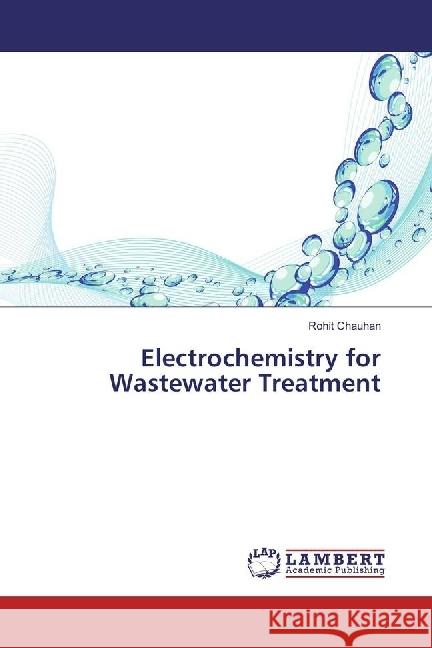Electrochemistry for Wastewater Treatment » książka
Electrochemistry for Wastewater Treatment
ISBN-13: 9783330078710 / Angielski / Miękka / 2017 / 76 str.
Electrochemical oxidation(EC) treatment of 4-chlorophenol was investigated by using a dimensionally stable anode ruthenium oxide coated titanium. COD, absorbance, concentration, current efficiency (CE) and specific energy consumption (SEC) were measured under various process conditions of current density (j), electrolyte concentration (m), initial pH, treatment time (t) and initial concentration of CP. EC oxidation of organics recommended that the development of the anode could be credited to the formation of hydroxyl radicals in wet anodic electrolysis. A number of intermediates like benzoquinone, hydroquinone and organic acids during the EC oxidation of CP. Reaction kinetics were expressed by pseudo-first order kinetic model. Feasible mechanism of CP degradation has been established on the basis of both direct and indirect EC oxidation. This method produces very low or no amount of sludge and scum because EC oxidation was performed by electrons which is well known as a clean reagent.











